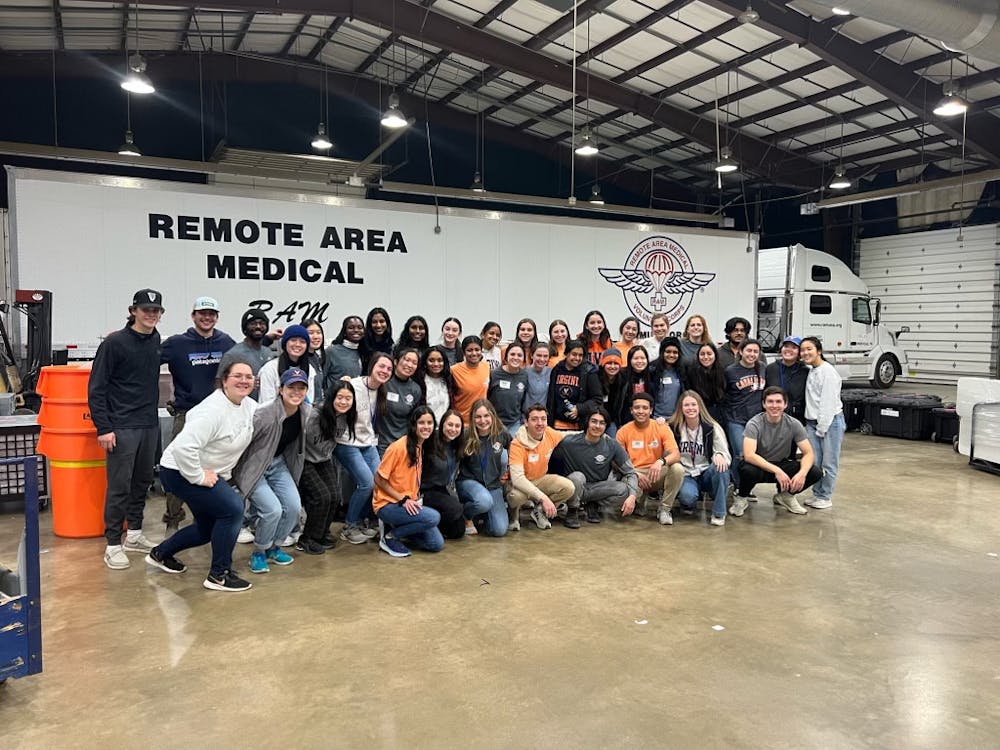The Cassini mission came to an end Sept. 15 as the spacecraft descended into Saturn’s atmosphere, bringing an end to an era of exploration and discovery that had lasted a month shy of 20 years. Two University professors assisted directly with Cassini’s mission.
Oct. 15, 1997 saw the launch of the Cassini Spacecraft and the European Space Agency’s Huygens Probe. The two flew by Venus twice before returning to Earth over the course of two years, using the strategy of gravity assisting each time to gain speed before heading through the Asteroid Belt late in 1999, according to a NASA timeline of the Cassini Mission.
At the end of 2000, Cassini flew past Jupiter. It began its orbit of Saturn June 30, 2004, making it the first spacecraft to do so.
In 2010 the spacecraft was given a seven year extension to study seasonal changes on Saturn.
Cassini’s grand finale saw it pass through Saturn’s rings 22 times, beginning April 26, 2017 through the outermost rings, and ended last Friday in the planet’s atmosphere.
The website states, “the spacecraft will be crushed and vaporized by the pressure and temperature of Saturn’s final embrace to protect worlds like Enceladus and Titan.”
Robert Johnson, an engineering physics and materials science professor, worked with a team that developed the Cassini Plasma System, or CAPS.
“Like most NASA missions, there’s a competition for instruments,” Johnson said. They needed one “to measure the plasma … floating around in the magnetosphere of Saturn.”
The group Johnson was a part of was able to secure the bid and their system was incorporated into the spacecraft.
“My primary interest has been … to understand how rings are working, how the ring particles are working; how the satellites [moons] are working, what their composition is, what their surfaces are like; how this giant moon, Titan, evolved and became the only moon in our solar system with a large atmosphere,” Johnson said.
To conduct this research, Johnson focused on the information CAPS was getting about the plasma’s ions.
“In measuring the ions, we can learn something about the surfaces, and the composition of the surfaces, of these bodies,” Johnson said.
Anne Verbiscer, astronomy research associate professor, was brought on to Cassini’s imaging team in 2007 after the discovery of plumes of water, similar to Earth’s geysers, on one of Saturn’s moons, Enceladus.
“There wasn’t anyone on the imaging team that was assigned to take pictures of the geyser activity and the regions where the eruptions are from … so that was my task,” Verbiscer said. “[I was] overseeing everything that had to do with imaging of Enceladus’ plume [and] finding times that the spacecraft would be in a position to view them.”
Verbiscer also had to negotiate with other planning teams in order to get time allocated for Cassini to study the plumes. Once she was granted a block of time, she needed to tell the spacecraft what to do in that period.
“I have to sit down and use the pointing programs so the spacecraft would be looking in the right direction,” Verbiscer said. “Then you have to do the camera programming, so using a variety of different filters to look at the plumes in a variety of different spectrums.”
Verbiscer moved on and spent eight years doing observation designs, measuring the heat output of the south pole of Enceladus.
She said she considers the discoveries on Enceladus the most important takeaway from Cassini, though she did admit her bias.
“Enceladus is by far the most active and fascinating [of Saturn’s moons,]” Verbiscer said. “Measuring the heat is really important because that heat is so warm that just below [the surface] you’re getting very close to melting temperature of water ice.”
Verbiscer said this is key because of the huge astrobiological implications.
“When you can melt water ice you have one of the basic ingredients for life as we know it,” Verbiscer said.
Johnson considers what Cassini learned about Enceladus to be extremely important, but thinks that the research done on Titan will ultimately be the most crucial part of the mission.
“For understanding the evolution of the solar system, understanding how Titan’s atmosphere has survived for a billion years [is key,]” said Johnson.
Despite the end of Cassini’s mission, both Johnson and Verbiscer look forward to what else scientists will learn from its data.
Verbiscer said she expects many more papers to be published just from the areas she worked on.
“It’s an incredible legacy the mission has left — an incredible data set,” Verbiscer said.




